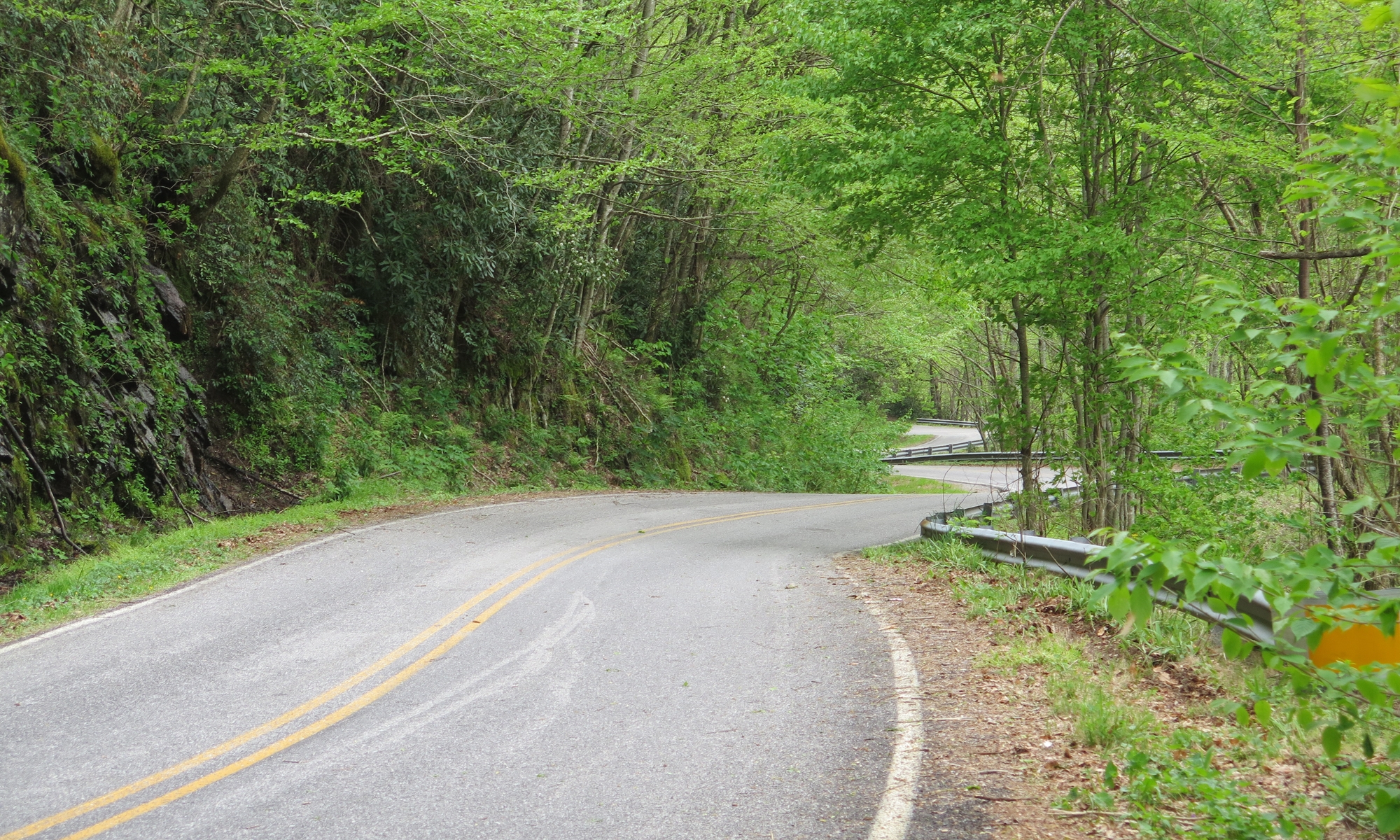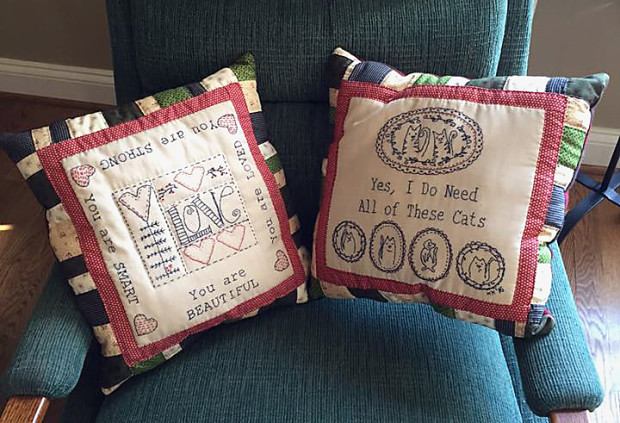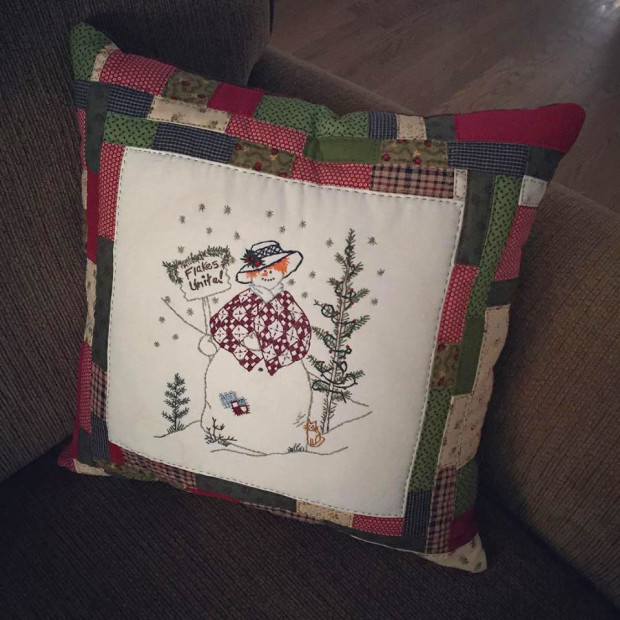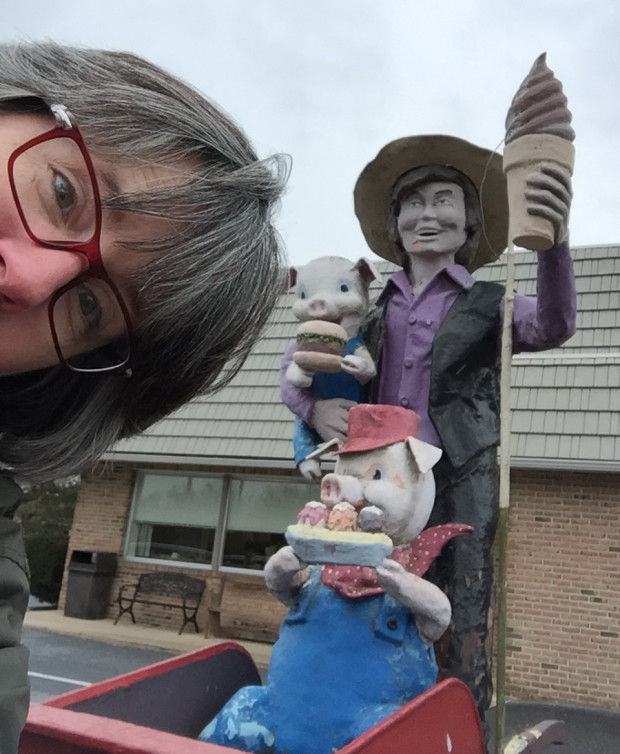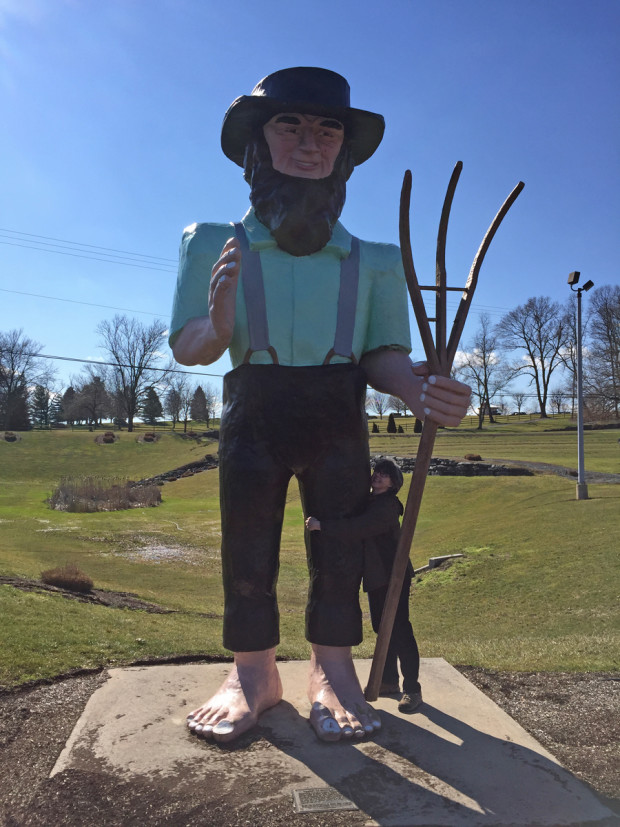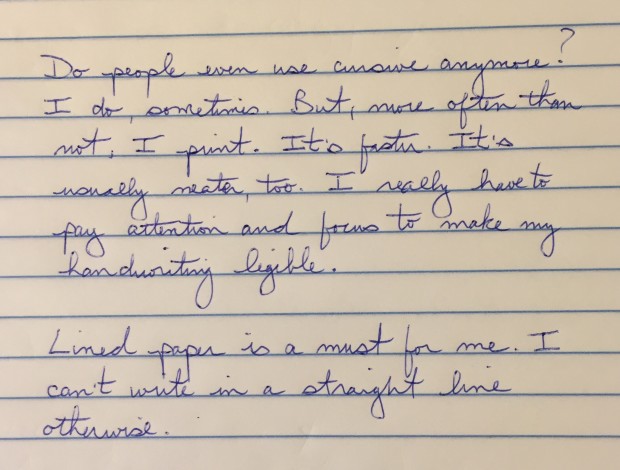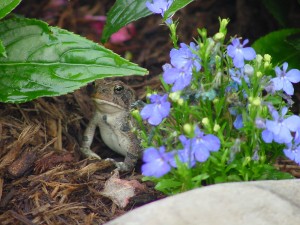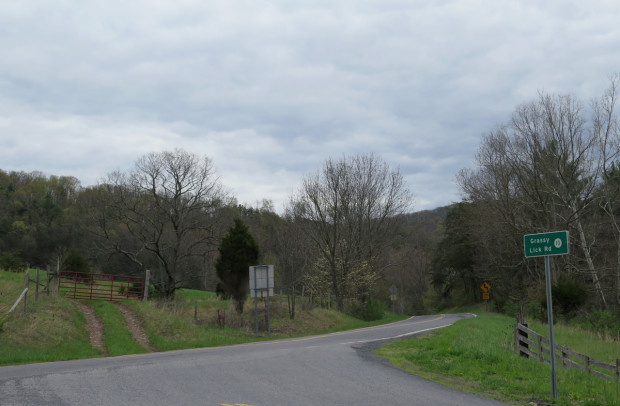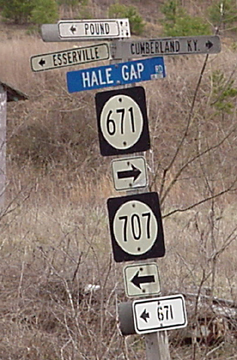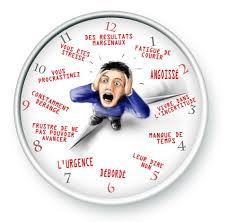 I write proposals for a living. Basically, customers tell us what services they need by submitting a request for proposal (RFP) and it’s my job to tell them how we will perform the services, how much experience we have, provide an overview of my company’s history, organizational details, etc., answer any other questions the client has, and figure out how much it will all cost.
I write proposals for a living. Basically, customers tell us what services they need by submitting a request for proposal (RFP) and it’s my job to tell them how we will perform the services, how much experience we have, provide an overview of my company’s history, organizational details, etc., answer any other questions the client has, and figure out how much it will all cost.
I’ve doing basically the same thing for about 17 years. The first four of those years I worked for a large investment management company. There was a reorganization and my specific job was eliminated. I could have applied for other very similar positions, but wasn’t really interested in investment management. And, more important, I wanted to work closer to home instead of having to commute into downtown Baltimore on a daily basis.
That’s when I started writing proposals (and developing budgets) for a clinical research organization (CRO). A CRO is not a biotech, pharmaceutical, or device manufacturing company, but a company that provides some or all of the wide range of services that biotech, pharma, and/or device companies need to support clinical research studies.
It’s very deadline-oriented and can make for some long and/or intense days. I know enough about all of the different services and their cost drivers (number of subjects/patients, length of the study, location of the sites, number of sites, etc.) to piece together a basic text document and draft budget. The real challenge lies in getting all of the in-house functional experts to fill in all of the details and provide the specific input needed to finalize the text document (range from about 10 to 80 pages) and make sure the budget matches the specifications the client requires.
 It sounds easy, but there are tons of variables to consider. For example, what phase of development is the study? Pre-clinical work is all the stuff that’s done before a drug or device is actually used on people. It could just be the regulatory filings needed to get a product approved for use in clinical studies, it could be toxicology tests (done in animals), in vitro studies (test tube stuff), or it could be a combination of both. Phase 1 studies are typically first-in-man trials (the first time a drug, device, or drug/device combo is administered to actual people). Phase 1 studies are typically done to test a product’s safety and/or identify the proper dosage strength and schedule. Most Phase 1 studies use healthy volunteers as opposed to patients suffering from a specific disease or condition. The main focus is safety, i.e., will a product cause any harm or more harm than it’s worth? There are different categories of studies within each phase of development, so the line can get a bit blurry.
It sounds easy, but there are tons of variables to consider. For example, what phase of development is the study? Pre-clinical work is all the stuff that’s done before a drug or device is actually used on people. It could just be the regulatory filings needed to get a product approved for use in clinical studies, it could be toxicology tests (done in animals), in vitro studies (test tube stuff), or it could be a combination of both. Phase 1 studies are typically first-in-man trials (the first time a drug, device, or drug/device combo is administered to actual people). Phase 1 studies are typically done to test a product’s safety and/or identify the proper dosage strength and schedule. Most Phase 1 studies use healthy volunteers as opposed to patients suffering from a specific disease or condition. The main focus is safety, i.e., will a product cause any harm or more harm than it’s worth? There are different categories of studies within each phase of development, so the line can get a bit blurry.
Phase 2 studies (and many later-stage Phase 1 studies) are done in patients. The enrollment and/or treatment periods are typically longer, and there are usually a lot more patients. That’s when they start looking harder at safety — they ALWAYS look at safety — and start analyzing efficacy, i.e., does a product work? Tolerability is usually analyzed more closely, too (to determine what, if any, side effects there are). Phase 3 studies are even bigger and often longer. That’s when researchers look at longer-term effectiveness and monitor side effects over a longer period. Phase 4, also called “post-marketing,” are studies conducted over many years involving thousands of patients taking drug products or using devices that have already been approved for use.
I’m explaining it simply, but there is a lot of technical scientific, medical stuff involved.
If you want to know more about the whole drug development process, here’s a link to the FDA for you. I make it sound really simple and straightforward, but there are a lot of nuances and variables to consider. My company supports studies on a global basis, so there are not only US FDA regulations involved, but other regulatory bodies, too. Canada has it’s own group, similar to the FDA, known as Health Canada. The EU is governed by what is now known as the European Medicines Agency (EMA), which used to be called the EMEA (I forget what that stood for) until folks started using “EMEA” to refer to the geographic region containing some countries in Europe, the Middle East, and Asia.
Am I boring you yet?
There really are lots of nuances and things to consider when developing a proposal and budget for a study or studies in any phase of clinical development.
I always chuckle when people find out I work from home then say they’d love to work from home, too, and ask if my company is hiring. I don’t work from home because of the job, I work from home because I have acquired the skills that are needed to be able to do this job from home. It took many years to get here. And I am still learning. Proposal managers burn out quickly, for good reason. So people with my level of CRO experience are so hard to find that companies are willing to let people like me to work from home because they cannot find potential employees locally with just the right skill sets.
It’s interesting, challenging, and very unpredictable. Figuring out the costs is done using a multiple spreadsheet Excel workbook. Each spreadsheet has many rows and all of the worksheets are linked in various ways.
Once a proposal has been submitted to a client, they often come back — this is called a re-bid — so we can add services we may have left off, remove services the client doesn’t want, figure out how to reduce our costs in some way, etc. We might get a week or two to work on a new proposal, but the turnaround time on re-bids is usually a couple of days.
Oh, and I am also responsible for getting bids from third-party vendors (often more than one) for services we do not provide that are needed to support the study. It takes a lot of coordination.
I spend a lot of time on the phone asking and answering questions. And I use e-mail A LOT. I’m always chasing people down, nagging folks, nicely, to give me the info I need in a timely fashion. The thing is, those people all have other jobs to do. And they’re usually pretty busy and working under deadlines of their own.
This is why, when the work day is done, I typically don’t want to look at a computer for the rest of the night.
Now you know how I make a living. It was all crystal clear, right?
